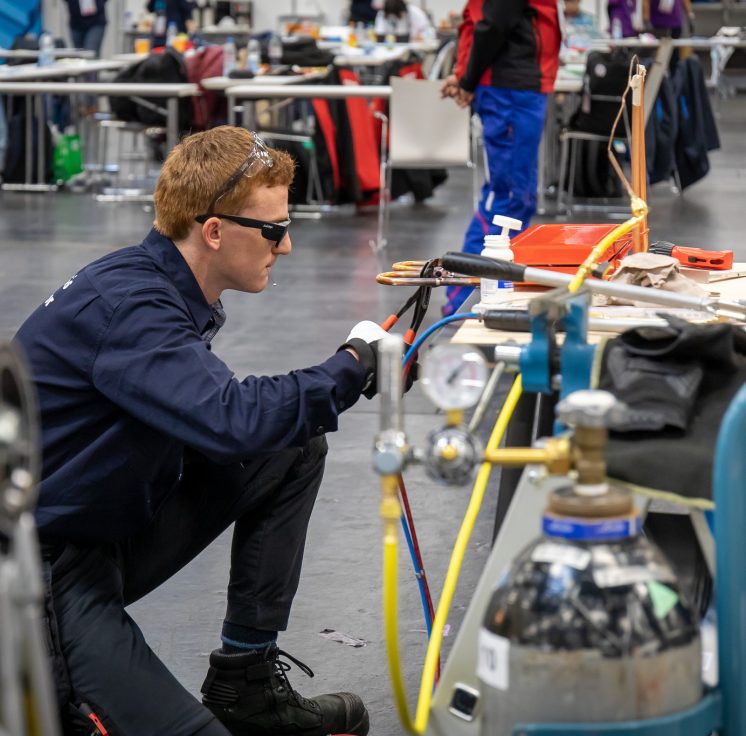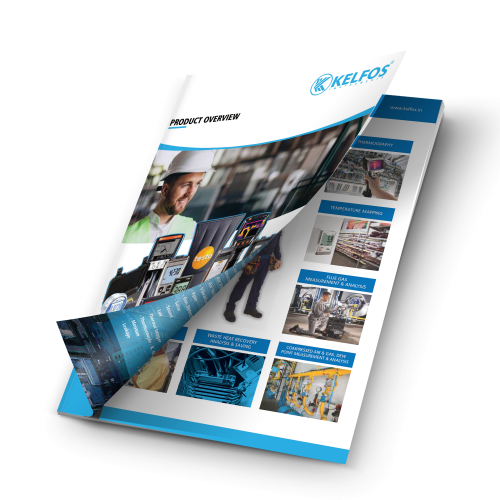True Asset Management Of Your Ph, Orp, Conductivity, & Oxygen Sensors
A Data-Driven Paradigm Shift for Asset Management
How many pH probes are there in your plant, exactly? Although it would be simple to respond to that question, do you know how well each performs and how long it will last? Keeping an eye on your assets is always a top responsibility when running an industrial process facility. Critical assets frequently include liquid analytical sensors. These sensors are essential to the smooth operation of processes, the maintenance of constant quality, the prevention of equipment corrosion, and regulatory compliance.
Employees at plants frequently view liquid analytical sensors as disposable. However, if you can guarantee that your sensors are performing at their peak levels and living longer than average, you’ll save a tonne of money. Why can’t you do this? With the help of historical data and asset management, it is feasible. You can receive a macro and micro perspective of what is occurring with your sensors and, in certain situations, your process using digital pH, ORP, conductivity, and oxygen sensors and data gathering software designed for liquid analytics.

The Possibilities of Asset Management for Liquid Analytics
Smart digital sensors that utilise interference-free signals are what Memosens Knick sensors, for example, offer their customers. Memosens sensors have internal memory that stores previous data. This information includes everything from the sensor’s identification (such as its model, serial number, associated tags, and name of assigned application) to the events it has gone through (such as its most recent calibration, the amount of wear and life it has left, the number of CIP cycles, and the amount of time it spent in extreme measurement ranges).
You can instantly get data from a smart digital Memosens sensor for collection and sensor management when you combine it with software like MemoSuite Advanced. Even offline calibrations are possible.
Maintaining Assets within Certified Guidelines
For pH sensors, regular, frequently approved calibration procedures are crucial. A secure GMP and FDA CFR 21 Part 11 compliant database is provided for calibrations carried out utilising a data collecting and asset management tool like MemoSuite Advanced. With MemoSuite, users are able to calibrate up to 10 sensors at once using user-defined calibration techniques like GMP (Good Manufacturing Practise) or Knick’s “Calimatic” automatic calibration. For accurate calibrations and subsequently improved accuracy, the Calimatic function makes use of automatic buffer recognition and temperature adjustment. After the sensor has been calibrated and adjusted, the record is safely stored in the software’s database. Additionally, users can design their own calibration certificate templates. Regulatory compliance is ensured by unchangeable digital data.

Summary
The ideal strategy to handle and comprehend your liquid analysis sensors is to use digital technology along with asset/data management software. The question “Are you getting the most life and best performance from your sensors?” can be answered with straightforward software like Memosens Advanced. You will also discover that you have all you require to create a data-driven strategy to improve your process.





